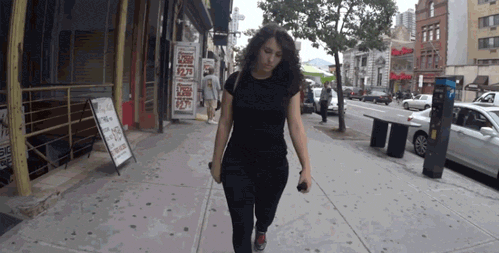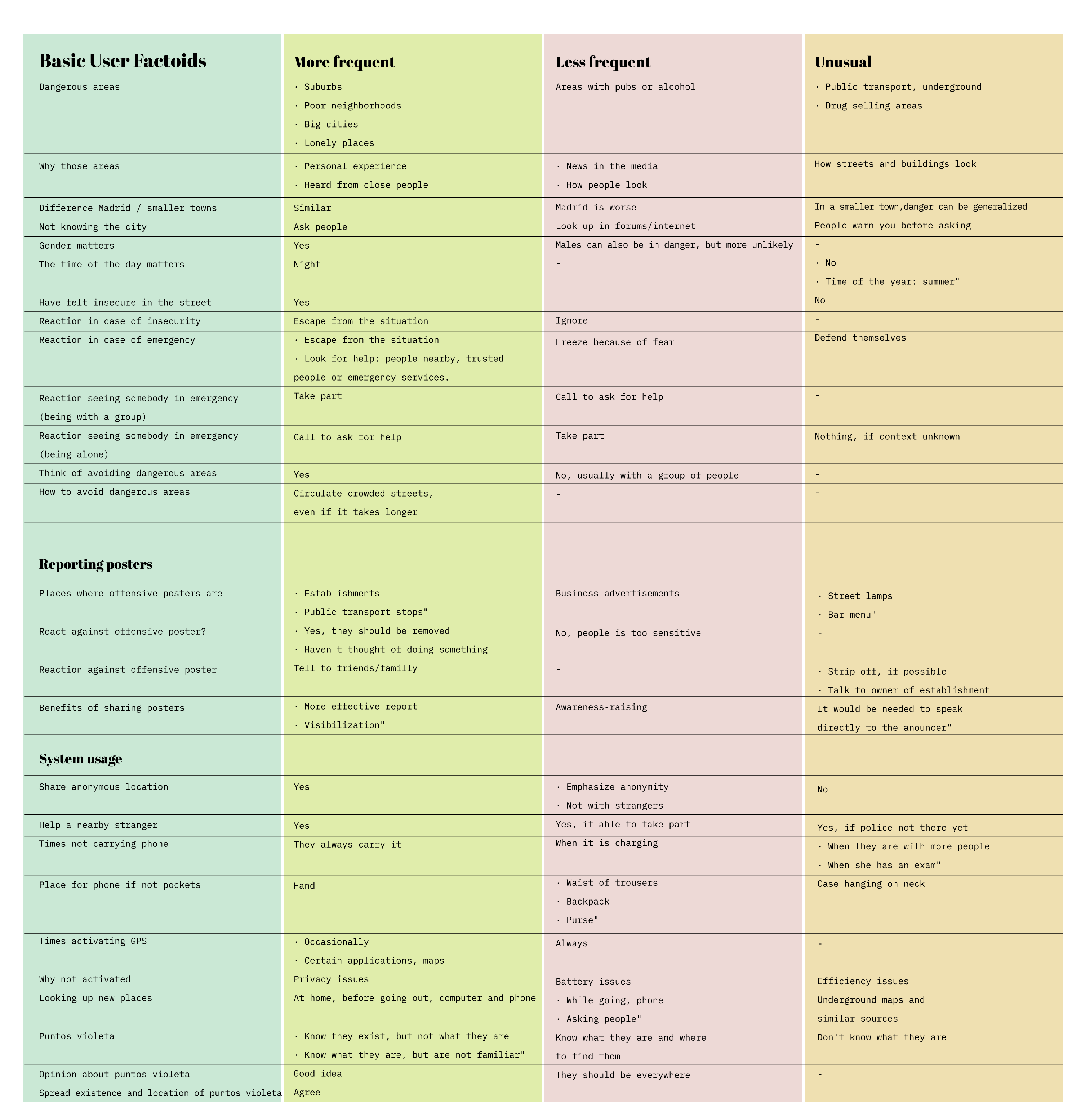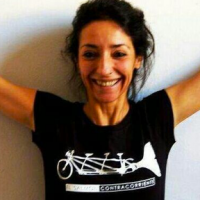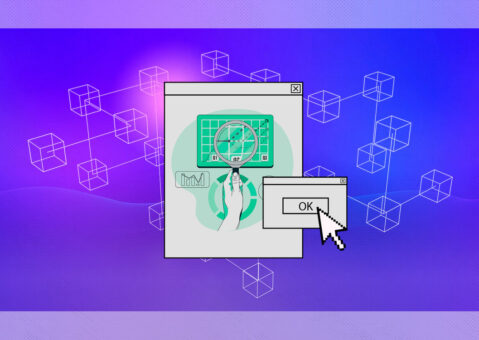P2P Models collaborators, Elena Pérez and Patricia Barrios, have experimented with an Android application that allows users to cooperate and help each other in situations of sexual harassment or abuse. Sexual harassment and abuse in public spaces have become major concerns for institutions and feminist organizations, since they are very serious problems. Likewise, cell phones have become an essential tool for women, so it would be useful to apply any available technological improvements to these social demands.
Pérez and Barrios thought that, in the particular context of sexual abuse, sharing truthful and trustworthy information about people’s experiences in an appropriate way could help prevent the persistence of this kind of situation in the future. Legislation has been improved in order to prosecute perpetrators, however, these measures work a posteriori, once the problem has already happened. For this reason, both researchers designed a blockchain-based Android application that provides an SOS alert system (the app sends the user’s GPS coordinates to contacts they have selected beforehand) and a map displaying dangerous locations while maintaining user anonymity and privacy. The SOS alert system allows women using the app to send their GPS coordinates both to preselected contacts and app users that are geographically nearby. The map displaying dangerous locations allows users to upload the coordinates of places that are not safe and give reasons why, thereby giving other users the possibility to check whether a place they are interested in is safe or not. The first functionality is centered around giving assistance in cases of abuse and the second, around preventing them.

The Android application was designed using a User-Centered Design approach, gathering data from potential users and adapting it to their needs. The core of the application runs on an Ethereum blockchain. By using blockchain technology, it is possible to create a decentralized system for sharing trustworthy information. Also, with its cryptographic basis, it provides the privacy and anonymity that are needed in such sensitive situations where women need to be sure they will be safe and that no reprisal can ever be taken against them.
Research process behind the app design
The research process was developed using the Goal-Directed Design (GDD) methodology, which belongs to the User-Centred Design battery of methodologies. This means that the whole process was developed with the final user as the central point of reference. The methodology focuses on the interactions between the user and the system as well as the goals the user is trying to achieve by using this system.
GDD establishes Competitor Analysis as the first step. Analyzing different apps dedicated to the same purpose, the researchers identified that both the SOS alert button and the map needed to be included in the app, as other existing applications cover only one functionality or the other, but no application exists that covers both.
After initial competitor research, the analysis resulted as follows:

“
Both researchers designed a blockchain-based Android application that provides an SOS alert system and a map displaying dangerous locations while maintaining user anonymity and privacy
The features identified in both functionalities among different competitors were the following:
SOS Alert
- “SOS” button to send a notification.
- List of trustworthy contacts.
- Sending precise geographic location via GPS.
- Sending alerts to both contacts in the contact list and app users that are geographically near.
- Receiving alerts from nearby users and users whose contact list the user in.
- Visualizing a user’s information, if they have sent an alert.
Dangerous spots map
- Visualizing a map showing dangerous spots.
- Specific information about a location (why it is dangerous, who it is dangerous for, when it is dangerous, etc.)
- Sending dangerous locations, manually or automatically.
- Sending information about a dangerous location.
- Reporting misogynistic or offensive posters or advertisements.
- Map history (not only recent locations are stored).
Once the features were clear, interviews were conducted with 11 users, all women between the age of 18 and 25. The information obtained from these interviews was later summarized in a list of factoids. A list of unclassified factoids was first extracted from each interview and then classified by type and frequency, as follows:

Because a top-down design process was chosen, the first step was defining user categories. The decision was made to focus on only one user type, which was defined as a basic user. After the category was decided and the factoids were organized, a persona framework was created.

Essentially, this persona is a young woman that lives in a big city and has a smart-phone. She sometimes feels insecure when she is in the street, especially at night. She would like to feel safer and be able to help other people if possible.
This was the methodology followed to identify the main needs of the app users. Competitor analysis, interviews and organized factoids were used to identify a persona framework. In the following text, we will explain how researchers built the app: its characteristics, technology stack and architecture.
AUTHOR

Research is by Patricia Barrios and Elena Pérez.
Authorship is by Genoveva López, but this content has been made thanks to the whole P2P Models team ![]()
Designs are by Elena Martinez
Review by Guerrilla Translation
Rosa Chamorro and Samer Hassan make everything possible





